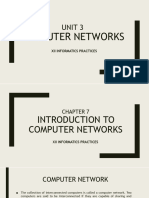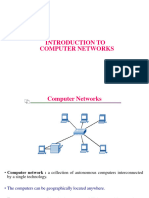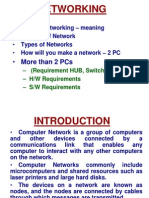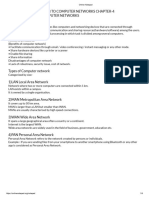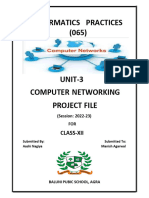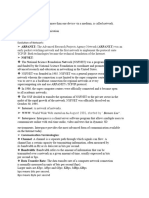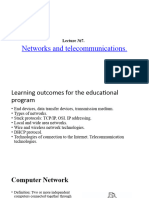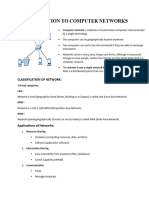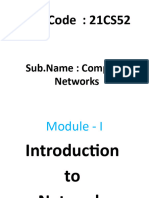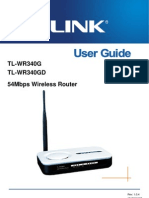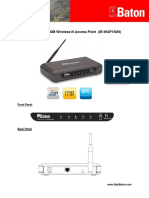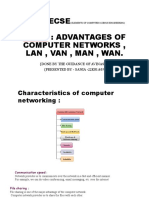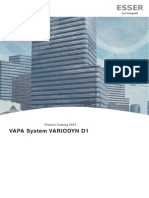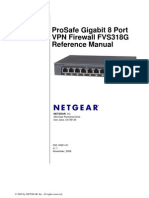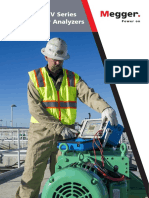0% found this document useful (0 votes)
34 views8 pagesIntroduction To Computer Networks - IP - XII
The document provides an overview of computer networks, detailing their need for resource sharing, reliability, and cost-effectiveness. It explains various types of networks (PAN, LAN, MAN, WAN), network devices, and topologies, as well as the evolution and applications of the Internet. Additionally, it covers concepts like web servers, web hosting, and the differences between static and dynamic web pages.
Uploaded by
aggarwalrashi37Copyright
© © All Rights Reserved
We take content rights seriously. If you suspect this is your content, claim it here.
Available Formats
Download as PDF, TXT or read online on Scribd
0% found this document useful (0 votes)
34 views8 pagesIntroduction To Computer Networks - IP - XII
The document provides an overview of computer networks, detailing their need for resource sharing, reliability, and cost-effectiveness. It explains various types of networks (PAN, LAN, MAN, WAN), network devices, and topologies, as well as the evolution and applications of the Internet. Additionally, it covers concepts like web servers, web hosting, and the differences between static and dynamic web pages.
Uploaded by
aggarwalrashi37Copyright
© © All Rights Reserved
We take content rights seriously. If you suspect this is your content, claim it here.
Available Formats
Download as PDF, TXT or read online on Scribd
/ 8










